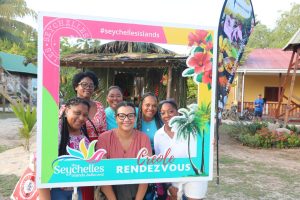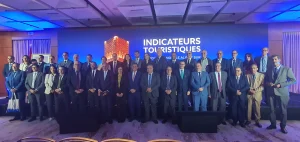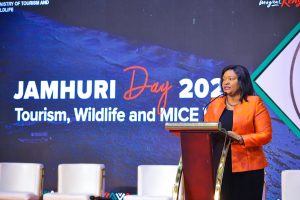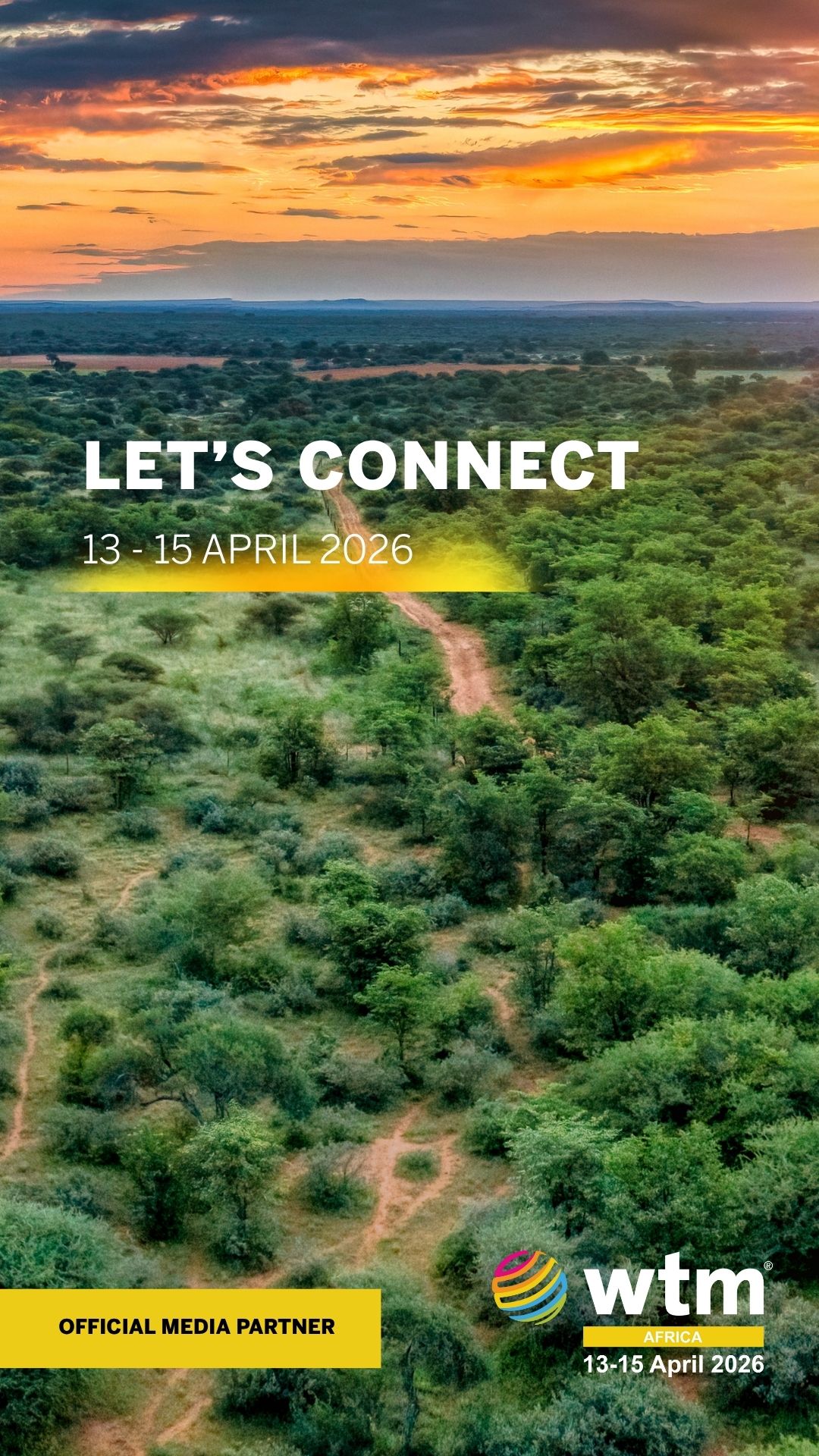Photo: Pohamba Shifeta- Minister of Environment, Forestry and Tourism Copyright: Franz Dejon
Players in the tourism industry and the government are at loggerheads over the introduction of a mandatory quarantine period for tourists when borders open.
The Hospitality Association of Namibia (HAN) says the move will frustrate the industry’s efforts at recovery.
The tug of war has sucked in minister of health and social services Kalumbi Shangula, minister of environment, forestry and tourism Pohamba Shifeta, with HAN represented by Gitta Paetzold.
Namibia is expecting to open its borders from 15 July to 15 August for foreign tourists as a pilot phase in its tourism revival initiative.
But private players say the peak of the tourism season ends in August and mandatory quarantine will both frustrate tourists and eat into potential earnings for the remaining short period, while the government is insisting on safety first.
The government wants everyone allowed in Namibia from selected countries to present a Covid-19-free certificate, as well as abide by a 14-day quarantine period at own cost, while private tourist operators propose the relaxation of this condition, saying the directive is counterproductive and will inflict financial losses on an already hamstrung industry.
“Our policy with respect to quarantine for all arrivals has not changed,” Shangula said on Monday.
Shifeta says they are working on advice from the health and finance ministries.
“We are relying on the Ministry of Health and Social Services to see how best the tourist issue can be dealt with. Technical negotiations are underway amid many concerns in terms of how to handle tourists who enter Namibia,” he says, adding one of the major concerns is the monitoring of tourists’movements around the country.
“The issue of quarantining tourists is tricky because these people are coming to visit and not to stay. This is a challenge, but we are trying to see how it will work,” Shifeta says.
Paetzold says HAN has submitted an alternative plan after wide negotiations on how incoming tourists can be treated when they arrive in the country.
“Although we understand the government’s stance, no tourist is going to come to Namibia and be quarantined for two weeks and then go home after three weeks of holiday,” she says.
“We made a proposal to the ministry, with a plan outlining the countries with a good track record in terms of screening and testing, and suggested risk mitigation factors to be put in place to then equal out the need to quarantine. We have been waiting to see to what extent our proposal has been accepted,” Paetzold says.
Minister of finance Iipumbu Shiimi is calling for wide consultation on the issue.
“There was a meeting with health and the team from the economic side last Friday, looking at different ways of mitigating the risk of infection. The issues being discussed include quarantining tourists, what should happen before tourists depart, testing tourists, quarantine when they arrive here, for a few days or 14 days … Some of these issues are not practical,” Shiimi says.
He says the government is looking at countries with a low incidence of Covid-19 to avoid importing the infection.
President Hage Geingob says he has his doubts about the tourism revival plan.
“… how do you allow me to come and tour and then I must come and be quarantined, instead of touring and being in a hotel or somewhere? Some people were very informed; apparently tourists can come for a long term, be quarantined for 14 days and continue touring … “he said.
Meanwhile, the Hosea Kutako International Airport (HKIA) is preparing for the resumption of international flights as borders are to gradually open.
Namibia Airports Company chief executive officer Bisey /Uirab says: “We are working tirelessly with all stakeholders to ensure our airport is ready as per stage 4 regulations. We must play our part to revive the economy and are setting in motion all that is required to facilitate the resumption of commercial flight operations at HKIA as part of the targeted international tourism revival initiative.”
Story by Charmaine Ngatjiheue
Source:Namibian







